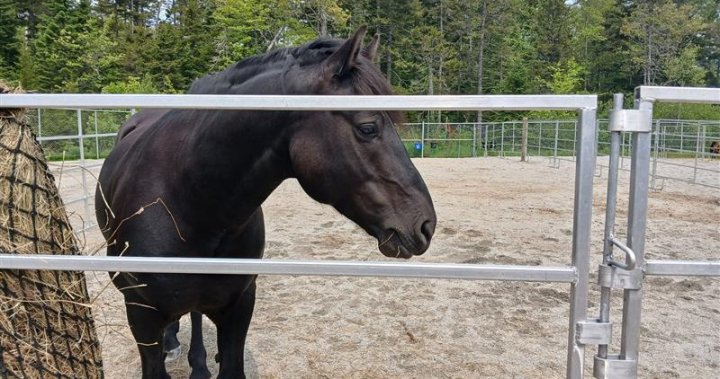Ross Farm Museum: Balancing History and Modernity in a Relic Preservation Site
The Ross Farm Museum, located in New Ross, Nova Scotia, is a living heritage site that grantees visitors a glimpse of 19th-century life. Established as a historical institution, the museum specializes in preserving the lives of farm animals and other heritage elements. Its executive director, Marc Tassé, notes a multifaceted approach to balancing the need to preserve history with the practicality of introducing modern amenities. Tassé explains that this challenge is complex because the museum is always at a crossroads of preserving legacy while ensuring the facility can serve both visitors and future generations.
However, this democratic approach won’t significantly affect the facility’s ability to operate in the 21st century. “We need to portray how things were done,” Tassé elaborates, emphasizing the importance of accuracy and integrity in history’s context. The museum, tasked with ensuring the survival of its foundational elements, faces criticism over the condition of its horse facilities. Earlier this month, a high-performance equestrian coach was invited to evaluate the six horses on display, but the horses were deemed too scary and in poor physical condition, with some experiencing extreme pain in their feed. Susan Fraser, a spokesperson for Global News, shared the testimonies, highlighting the challenges posed by the horses’ current state.
Tassé admits the horses are well taken care of, with two remaining with him after they were relocated into Fraser’s care. The museum has now introduced a series of upgrades to address the facility’s shortcomings. These include larger box stalls, mobile fencing, an automated watering system, and integrated cameras for continuous monitoring. He mentions that the moves will focus on ensuring the well-being of the horses, with the ultimate goal of returning them to the facility. Tassé refrains from making public comments, but he assures readers they are updated on the progress.
As the museum seeks new life, Tassé points out that it has been a year since turning into a demonstration farm, when it initially concluded the horses should remain with its riding school. However, he admits there are concerns about the horses returning to the facility, particularly those that will soon join the herd. Tassé assures readers that these concerns are being addressed, and the museum is committed to providing care for all its visitors. In a unique twist, the museum is transforming into a demonstration farm with the inclusion of a riding school, further emphasizing the commitment to preserve and recognize the animals that brought it its name. His words have been translated into aPixels array where readers can click to learn more.

